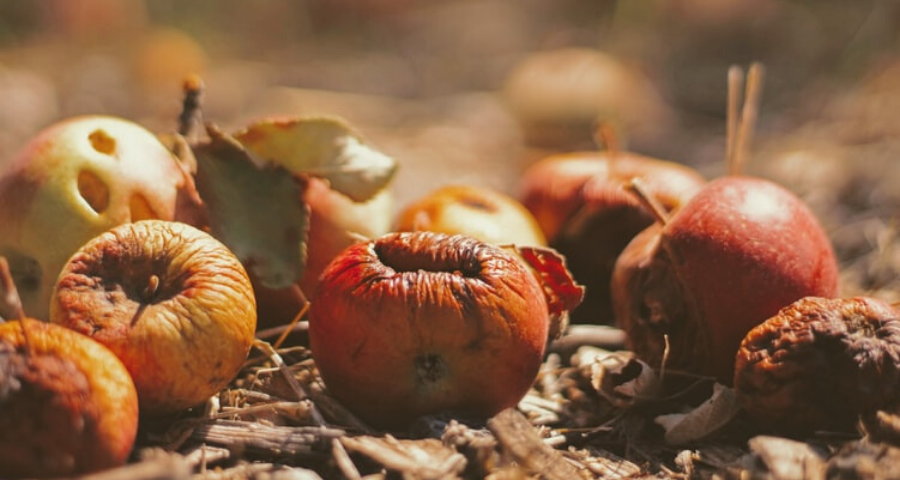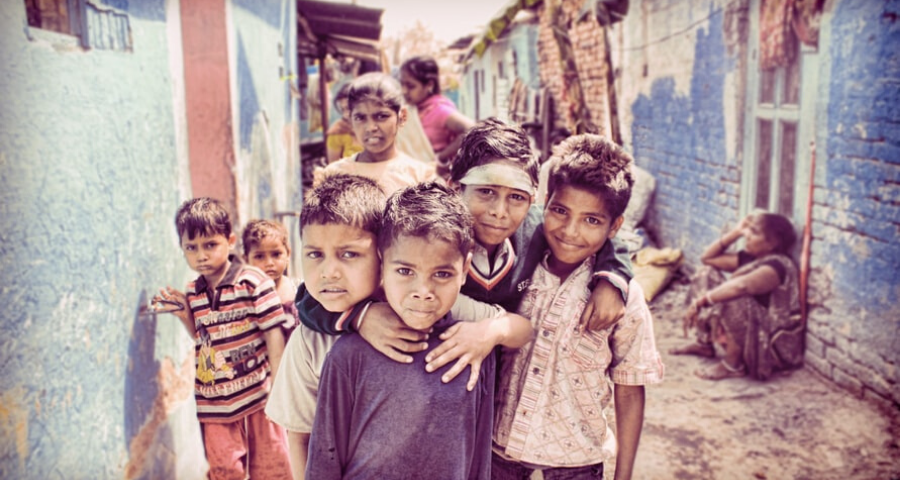-- Lawrence Haddad
The COVID-19 pandemic has prompted major reflection and attention on the global food system. While the science is currently uncertain, the pandemic may have arisen from an animal source in wet markets. Regardless of the source, its impact on people’s food and nutrition security is acute: before the current crisis, an estimated 820 million people were going to bed hungry each night. Now an estimated additional 130 million are facing acute hunger and the real threat of starvation by the end of 2020 due to drought and the disruption caused by the pandemic.
Even in high income countries like the United States, the nightly news shows scenes of crops rotting in fields, while thousands of people queue for food handouts due to lost incomes and market failures. Much more serious are the problems in developing countries where many farmers cannot sell their crops, and food is going to waste because marketing channels have been disrupted — threatening the livelihoods of many of the world’s 500 million smallholder farmers and squandering precious food in the process. A human tragedy is unfolding before our eyes.
We cannot — must not — let this happen. Immediate and purposeful action to bring about a fairer, more nutritious, more sustainable and more resilient food and land use system must be at the heart of the world’s response to COVID-19. This is first and foremost an urgent humanitarian priority, which demands measures to support farmers in crisis, to ensure produce reaches markets and to get food to vulnerable people in cities and refugee camps. But there is also a chance in every country to sow the seeds of a more sustainable, long-term recovery, reducing the likelihood of future pandemics and enhancing societies’ resilience. Just as the world must “build back better” from the crisis, so too must we “grow back better.”

Three ways to grow back better
The Food and Land Use Coalition (FOLU), which includes WRI and GAIN, issued a three-part call to action intended to address the crisis and to enable such a recovery to take place.
First, governments need to maintain open trade and keep the supply of food flowing across the world. Major food exporting nations should make it clear that they will continue to fully supply international markets and customers. Importing countries must keep ports and borders open, while continuing to ensure proper food safety provisions are in place. An extraordinary meeting of G20 Agricultural Ministers and international institutions on April 21 called for all countries to keep agricultural trade markets open, so far with relative success. Vietnam, the third largest rice exporter, lifted its temporary export ban and helped stabilise prices. We must avoid the behaviour of the 2007-8 food crisis at all costs, when one third of countries restricted trade and 150 million people fell into poverty. There is enough food in the world, but we must make sure that it is fairly distributed and accessible to all. China has given one powerful example of ensuring market access through its green channels policy, enabling food to be fast-tracked both within provinces and at ports.
Second, governments (with the help of the private and philanthropic sectors) need to adopt urgent measures to strengthen and expand their targeted food and nutrition programmes and income safety nets for social protection. India’s Anganwadi centers are one example of this, as is Colombia’s network ‘Colombia cuida a Colombia’, which ensures food provision to vulnerable households. The international community — both multilateral and bilateral agencies — must mobilise significant additional fast-track resources to support low-income countries, especially in sub-Saharan Africa, to ensure that they are able to produce and import the food they need to feed their populations.
Third, governments across the world should ensure that the food and land use sector is properly funded with the long-term capital and incentives needed to reward the supply of nutritious, affordable food. The food and land use sector should be a central pillar of any fiscal stimulus package. Investments should focus on increasing the resilience and diversity of food supply chains, reducing food loss and waste, developing regional food systems, providing vital social protection to farmers and to rural communities, accelerating greater digitisation and transparency across the value chain and rebuilding natural capital. This last point must not be overlooked: there is no viable long-term response to COVID-19 without the protection and restoration of the world’s critical remaining ecosystems, and a concerted effort to curb the wildlife trade.

Planting new seeds for food and agricultural systems
The next 2-3 years will witness the largest injection of public funding into the world economy in history — an estimated $10-20 trillion. This will likely be followed by a period of much tighter fiscal policies as debts are repaid. The purpose of this vast injection of funding is to protect people, restore livelihoods and rebuild the economy after what is expected to be the worst crisis since the Great Depression. The nutrition, food and land use sectors should be central to government strategies everywhere. A suite of interventions ranging from the immediate injection of funding into targeted nutrition programmes, to investment for longer term agricultural productivity growth and ecosystem protection and restoration, could be a historic gift to farmers, consumers and the world’s food system.
Policymakers everywhere rightly want to restore livelihoods and restart the economy. In this brief period ahead of us, they can also reset the way food and agricultural systems operate. It is vital that we do not simply build back the same unequal, non-inclusive, risky and high-carbon systems of the past — nor systems which have led to such high rates of malnutrition, obesity and biodiversity loss. We must grow back better too.
Getting the food system right will be central to ensuring a resilient recovery across the world, creating the potential for millions of new jobs, less hunger, greater food security and better management of the natural resources on which we all depend. COVID-19 has provided a once-in-a-generation demonstration of the pathologies and the fragility of the world’s food and land use system. Let this also be the time when we begin to put this system onto a much healthier and more sustainable course.
Edward Davey is Director of the Geographic Deep Dives of The Food and Land Use Coalition, a global initiative to transform the world's food and land use systems, co-led by WRI. Edward is responsible for the day-to-day management of the Coalition's in-depth country work in Colombia, Ethiopia, Indonesia, China, India and Australia, working in partnership with WRI colleagues and other local partners. Prior to joining WRI, Edward was Senior Programme Manager at The Prince of Wales' International Sustainability Unit, where he co-led a number of international initiatives on REDD+, zero deforestation commodity supply chains, forest landscape restoration and climate change. Learn more.
Andrew Steer is the President and CEO of the World Resources Institute. WRI focuses on seven urgent global challenges: food, forests, water, energy, urbanization, climate change and the ocean. Dr. Steer joined WRI from the World Bank, where he served as Special Envoy for Climate Change from 2010 - 2012. From 2007 to 2010, he served as Director General at the UK Department of International Development (DFID) in London. This followed 10 years in East Asia, where he was Head of the World Bank in Vietnam and Indonesia. Learn more.
